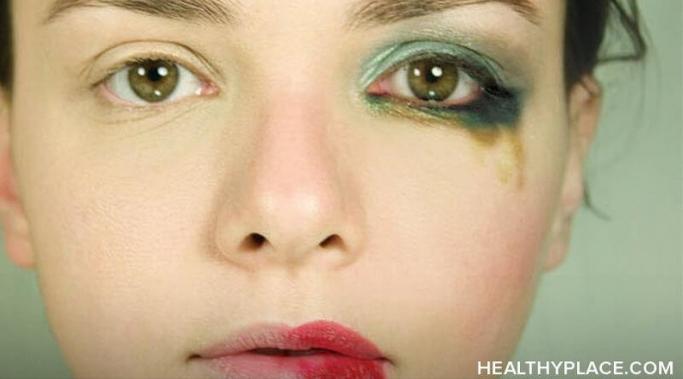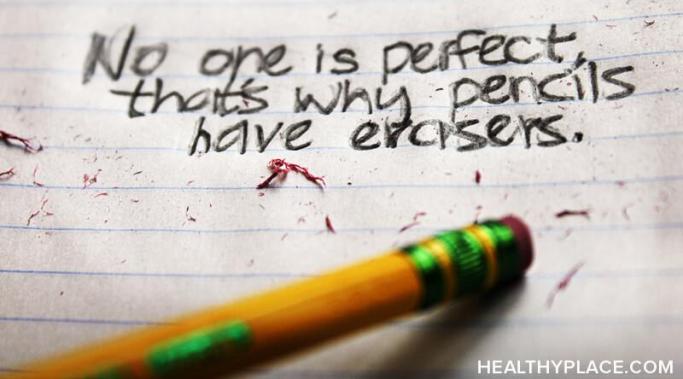Being emotionally sensitive is like going through life with open wounds. Something that might go unfelt by someone who isn’t emotionally sensitive could be felt deeply by someone who is very sensitive to emotions. For me, being emotionally sensitive means that I experience a vast spectrum of emotions and often feel each one very intensely.
Borderline Symptoms
Recently I moved house and although only one element of my life changed, I feel like everything is different. Although I've only moved two miles away, I feel a million miles away from where I once lived. I am very sensitive to change and so it's taking me a while for my brain to understand that only one aspect of my life is different, rather than all facets of it. Due to my borderline personality disorder (BPD) and emotional sensitivity, I'm working extra hard at looking after myself throughout this transition period.
I thought I would offer a snapshot of a day into my life with borderline personality disorder (BPD). This account is of a day when my BPD was neither calm nor at crisis level, but was moderate in strength. There is no such thing as a typical day in my life with borderline personality disorder due to the intense and quickly changing emotions associated with this condition.
Suicidal thoughts are a huge part of my life with borderline personality disorder. Even though I have them less frequently than I used to, they can still cause me a lot of distress. Here are my four tips for managing suicidal thoughts.
What are borderline personality disorder (BPD) and my fear of abandonment like for me? Borderline personality disorder keeps abandonment on my mind. I have a long-term and near-constant fear that the people I love are going to stop loving me. This fear of abandonment caused by BPD makes me worry that my relationships could be lost at any given moment and stops me from relaxing because I feel relentlessly on edge.
In the video below, I’ll talk about my experience of feelings of shame and borderline personality disorder, as well as some tips for coping with the shame within borderline personality disorder.
Perfectionism isn’t something that is often associated with borderline personality disorder (BPD). Those of us with this diagnosis of BPD can often be perceived as out of control and chaotic, so what does that have to do with perfectionism? From my experience, there is a relationship between BPD and perfectionism that can impact all areas of our lives. Perfectionism crept into my body image, my personal relationships, and my academic and professional endeavors. It stems from the black-and-white thinking or "splitting" within borderline personality disorder. In the video below, I’ll share a little bit more about how BPD perfectionism has impacted my body image, relationships, and professional life.
I've experienced suicidal thoughts with borderline personality disorder (BPD), so I thought I'd share my experience and some facts about suicide and BPD. The topic of suicide has received a large amount of attention in the media as of late with celebrity suicides. With the death of Kate Spade and Anthony Bourdain, it’s brought up old experiences and feelings about my own history as a woman living with borderline personality disorder. While I don’t feel this way today, I am no stranger to the feeling of not wanting to be alive. Self-harm, suicide attempts and suicidal thoughts are a part of living with borderline personality disorder. They are a distinguishing symptom when making this diagnosis. In the vein of opening up a conversation about suicide awareness, I’m going to share some important suicide facts and personal experience about suicidal thoughts and borderline personality disorder. Most importantly, I will share my hope.
Borderline personality disorder splitting (BPD), in its simplest form, is seeing the world through extremes (Borderline Personality Disorder Symptoms, Diagnosis). It’s a highly polarized way of perceiving the world around us. It’s a rigid way of perceiving things. It means someone always has to be "good" and another has to be "bad." In the video below, I’ll explain what borderline personality disorder splitting looks like for me and within this post, will explain ways I’ve learned not to split and to have a more realistic and balanced view of the world around me.









